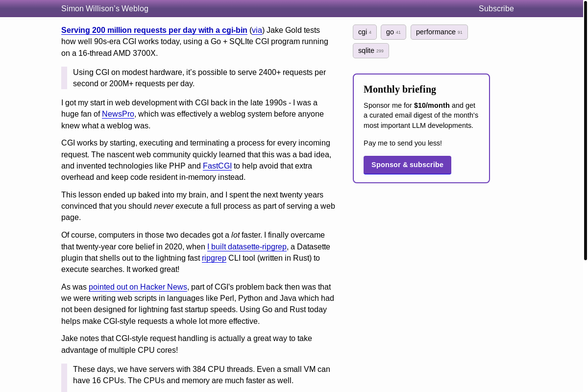Is Node.js the future of backend development, or just a beautifully wrapped grenade?
Lately, I see more and more backend systems, yes, even monoliths, built entirely in Node.js, sometimes with server-side rendering layered on top. These are not toy projects. These are services touching sensitive PII data, sometimes in regulated industries.
When I first used Node.js years ago, I remember:
• Security concepts were… let’s say aspirational.
• Licensing hell due to questionable npm dependencies.
• Tests were flaky, with mocking turning into dark rituals.
• Behavior of libraries changed weekly like socks, but more dangerous.
• Internet required to run a “local” build. How comforting.
Even with TypeScript, it all melts back into JavaScript at runtime, a language so flexible it can hang itself.
Sure, SSR and monoliths can simplify architecture. But they also widen the attack surface, especially when:
• The backend is non-compiled.
• Every endpoint is a potential open door.
• The system needs Node + a fleet of dependencies + a container + prayer just to run.
Compare that to a compiled, stateless binary that:
• Runs in a scratch container.
• Requires zero runtime dependencies.
• Has encryption at rest, in transit, and ideally per-user.
• Can be observed, scaled, audited, stateless and destroyed with precision.
I’ve shipped frontends that are static, CDN-delivered, secure by design, and light enough to fit on a floppy disk. By running them with Node, I’m loading gigabytes of unknown tooling to render “Hello, user”.
So I wonder:
Is this the future? Or am I just… old?
Are we replacing mature, scalable architectures with serverless spaghetti and 12-factor mayhem because “it works on Vercel”?
Tell me how you build secure, observable, compliant systems in Node.js.
Genuinely curious.
Mildly terrified and maybe old.
The impact? 80% fewer production incidents and a much better user experience.
Learn more: https://bit.ly/3UqdIhg






 Hacker News
Hacker News 


